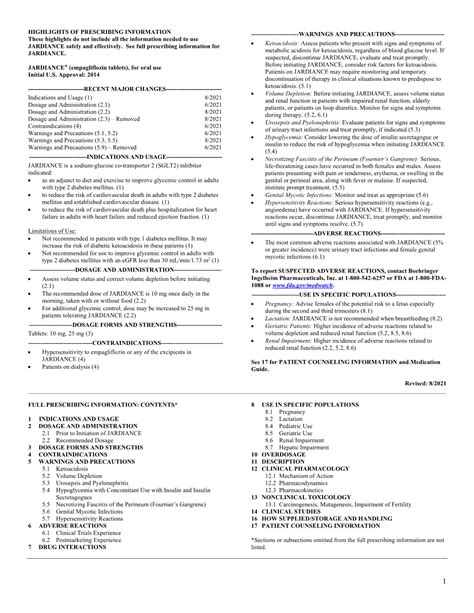Oseltamivir phosphate, commonly known by its brand name Tamiflu, is an antiviral medication that has been widely used to treat and prevent influenza A and B (flu) in adults and children. The mechanism of action of oseltamivir phosphate is complex, but understanding how it works can provide valuable insights into its effectiveness in providing relief from flu symptoms.
Mechanism of Action
Oseltamivir phosphate belongs to a class of drugs known as neuraminidase inhibitors. Neuraminidase is an enzyme on the surface of the influenza virus that plays a crucial role in the release of new viral particles from infected host cells. When the influenza virus infects a cell, it replicates itself and then uses the neuraminidase enzyme to break away from the host cell, allowing it to spread to other cells.
Oseltamivir phosphate works by inhibiting the activity of the neuraminidase enzyme. By binding to the active site of neuraminidase, oseltamivir phosphate prevents the enzyme from breaking the bonds that hold the new viral particles to the host cell. As a result, the new viral particles are unable to escape the host cell, and the spread of the virus is significantly reduced.
Pharmacokinetics
After oral administration, oseltamivir phosphate is rapidly absorbed and converted into its active form, oseltamivir carboxylate, by the liver enzyme esterases. Oseltamivir carboxylate is then distributed throughout the body, with high concentrations found in the lungs, nose, and throat, which are the primary sites of influenza infection.
The pharmacokinetics of oseltamivir phosphate are characterized by a rapid onset of action, with peak plasma concentrations of oseltamivir carboxylate reached within 2-3 hours of administration. The half-life of oseltamivir carboxylate is approximately 6-10 hours, allowing for twice-daily dosing.
Clinical Efficacy
Numerous clinical trials have demonstrated the efficacy of oseltamivir phosphate in treating and preventing influenza. When used within 48 hours of symptom onset, oseltamivir phosphate has been shown to reduce the duration of flu symptoms by approximately 1-2 days, compared to placebo. Additionally, oseltamivir phosphate has been shown to reduce the risk of complications, such as pneumonia and bronchitis, and to decrease the need for hospitalization.
Oseltamivir phosphate has also been shown to be effective in preventing influenza in individuals who have been exposed to the virus. In clinical trials, oseltamivir phosphate has been demonstrated to reduce the risk of developing influenza by approximately 55-75%, compared to placebo.
Resistance and Side Effects
While oseltamivir phosphate has been widely used to treat and prevent influenza, concerns have been raised about the development of resistance to the drug. Mutations in the neuraminidase gene can confer resistance to oseltamivir phosphate, although the frequency of such mutations is relatively low.
Common side effects of oseltamivir phosphate include nausea, vomiting, diarrhea, and headache. In rare cases, oseltamivir phosphate has been associated with more serious side effects, such as allergic reactions and neuropsychiatric events.
Conclusion
In conclusion, oseltamivir phosphate is an effective antiviral medication that works by inhibiting the activity of the neuraminidase enzyme, preventing the release of new viral particles from infected host cells. With its rapid onset of action and twice-daily dosing, oseltamivir phosphate provides a convenient and effective treatment option for individuals with influenza. While concerns about resistance and side effects exist, the benefits of oseltamivir phosphate in reducing the duration and severity of flu symptoms, as well as preventing complications, make it a valuable tool in the management of influenza.
What is the recommended dosage of oseltamivir phosphate for adults?
+The recommended dosage of oseltamivir phosphate for adults is 75 mg twice daily for 5 days.
Can oseltamivir phosphate be used to treat influenza in children?
+Yes, oseltamivir phosphate can be used to treat influenza in children aged 2 weeks and older. The dosage is based on the child's weight and is typically administered twice daily for 5 days.
How long does it take for oseltamivir phosphate to start working?
+Oseltamivir phosphate starts working within 2-3 hours of administration, with peak plasma concentrations of oseltamivir carboxylate reached within 2-3 hours.
Can oseltamivir phosphate be used to prevent influenza in individuals who have been exposed to the virus?
+Yes, oseltamivir phosphate can be used to prevent influenza in individuals who have been exposed to the virus. The recommended dosage is 75 mg once daily for 10 days.
What are the common side effects of oseltamivir phosphate?
+Common side effects of oseltamivir phosphate include nausea, vomiting, diarrhea, and headache.
Oseltamivir phosphate is an effective treatment option for individuals with influenza, but it is essential to use the medication as directed and to be aware of the potential risks and side effects. By understanding how oseltamivir phosphate works and using it responsibly, individuals can help to reduce the spread of the flu and alleviate symptoms.
Step-by-Step Guide to Using Oseltamivir Phosphate

- Consult with a healthcare professional to determine if oseltamivir phosphate is right for you.
- Take the recommended dosage of oseltamivir phosphate as directed.
- Complete the full course of treatment, even if symptoms improve before finishing the medication.
- Monitor for side effects and report any concerns to a healthcare professional.
- Practice good hygiene, such as washing hands frequently and avoiding close contact with others, to help prevent the spread of the flu.
Pros and Cons of Oseltamivir Phosphate

Pros
- Effective in reducing the duration and severity of flu symptoms
- Can help to prevent complications, such as pneumonia and bronchitis
- Convenient twice-daily dosing
Cons
- Potential for resistance to the medication
- Common side effects, such as nausea and vomiting
- Rare but serious side effects, such as allergic reactions and neuropsychiatric events



